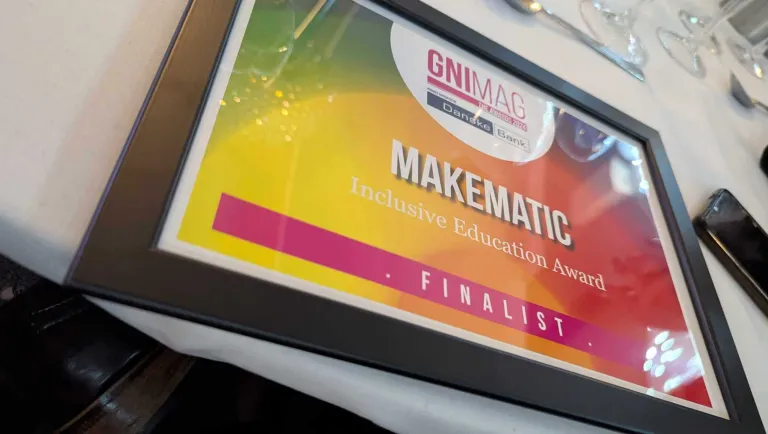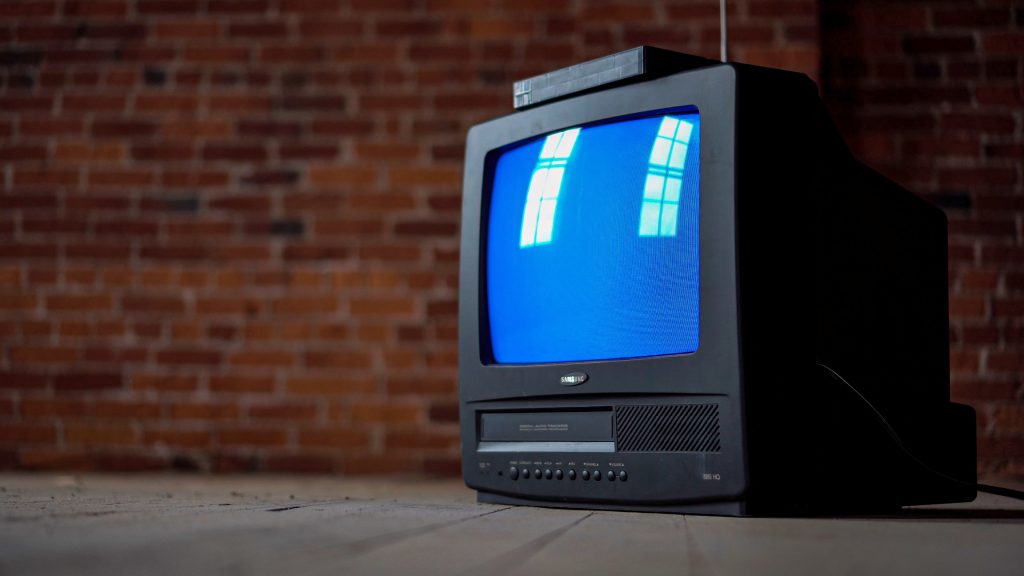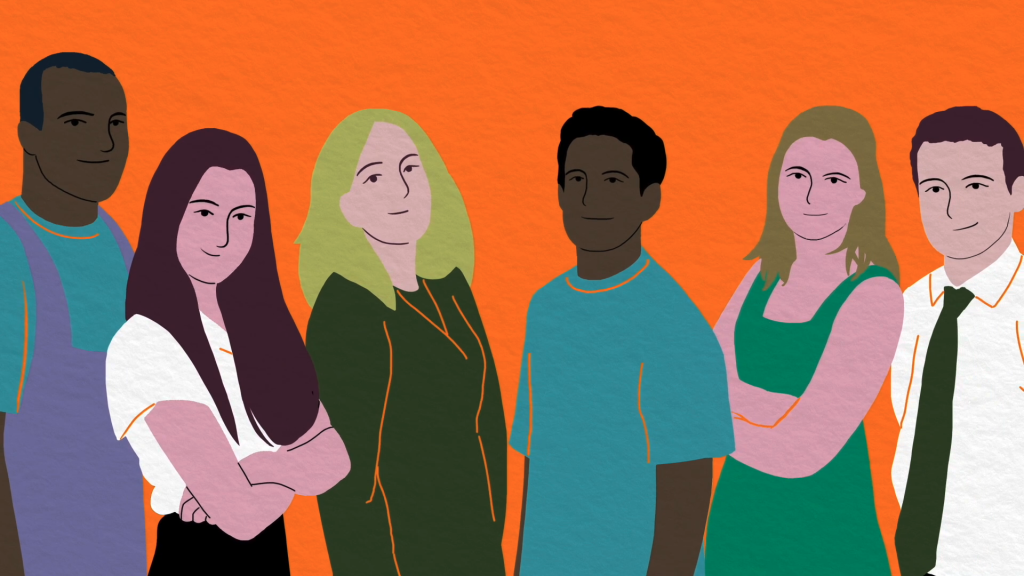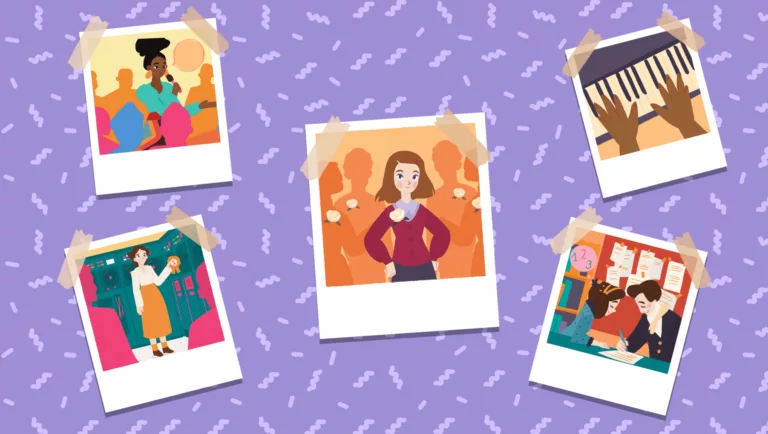
More than a Time-Filler: 3 Creative Uses of Videos to Enhance Learning

Remember the time when your teacher would show a video at the end of a lesson? Probably because you were well behaved as a class or you had just finished a test early. As they insert a VHS cassette into a 15-inch square TV set, we thought it was time to relax and switch off. That was the pre-internet age though and we have well and truly moved on from then. Watching videos in class should no longer be just a time-filler or reward for good behaviour. It is time to unleash the power of videos to truly enhance learning.
In the most recent list for the Top Tools for Learning in 2021, YouTube came out at the top spot resoundingly, beating the likes of Zoom, Google, MS Teams, and MS Powerpoint (second to fifth). What makes YouTube stand out from the rest? The power of video. Whilst there are thousands of innovative EdTech concepts that are constantly pushing technological boundaries, the basic concept of motion pictures remains one of the most engaging forms of communicating information and learning.
So how can we unleash the superpower of videos at school? In this article, I argue that there are endless possibilities in using videos in class. What we need is to break old habits and start thinking more outside the box on how to use videos more creatively in class, especially today when online hybrid learning environments have become the norm. They can transform and amplify the whole learning experience making it more impactful and memorable. Whether that happens or not rests entirely in the hands of us educators.
Note: To help understand these ideas in context, I will use the topic of teaching climate change as an example. In addition, in line with my support for promoting 21st-century skills (21CS - more on that here), each of the ideas below will aim to develop some of those key skill sets.
1 - Watch Fake News
21CS: critical thinking, media literacy
Seriously? Yes, you heard it here first. It is now easier to find fake news and misleading information on the internet than ever before. Why not use it to our advantage? Of course, this needs to be done carefully in order to avoid confusing students, so explicit instructions need to be given before watching any false information. The idea is to stimulate students’ critical thinking and develop their media literacy skills by interrogating and critically examining sources of information. This could be used as a plenary once they have already got a good grasp of the subject, asking students to note down any misinformation they can flag. Sometimes, to learn how to do something, we need to also look at how NOT to do it. Check out this blog article on how to spot fake news also.
Example: Consider watching videos of those who deny that climate change is real. This senator brought a snowball during winter to deny global warming.
2 - Reaction Videos
21CS: communication, critical thinking, empathy
Many of these have been going viral although they have been around since the early days of YouTube. In fact, its origins can be traced back to the 1970s when this format for video became a popular feature in Japanese reality TV shows. Whilst you might think it is trashy, there are meaningful ways to develop students’ empathy, critical thinking and communication skills. Empathy in the sense that they will consider how other people view a subject and try to understand a topic from a different perspective. Critical thinking by challenging the reactions and comments of that presenter, examining any inaccuracies or misinformation they may give. Another key skill developed is how to communicate effectively by learning how others express their ideas and present themselves on camera. Students can even film their own reaction videos afterwards by working in pairs and take turns filming each other.
Example: There is a whole YouTube channel dedicated to reaction videos. This one focuses on kids between the ages of 9 and 11 reacting to climate change. It should spark off a lively discussion in class. If you find that one too tedious, this New York Times video is on adults worldwide reacting to America’s relationship with the environment.
3 - Video Assessments
21CS: Creativity, collaboration, digital literacy
Literacy is crucial and should remain the top priority in any curriculum, but so is digital literacy. Research by Hawley & Allen (2018) has shown that videos created by students as a form of assessment are already an emerging trend in higher education with several benefits to developing key 21st-century skills. Rather than the usual mid-term test to check if your students have been learning, why not give them a chance to express this in video form. Give students the option of being assessed in the traditional written way or through a video. They can develop their creativity skills in finding different formats and mediums to present different information. If done in pairs or small groups, they can also develop their collaboration skills as well as peer learning opportunities throughout the production process.
Example: On the topic of how climate change affects food security, students can provide a case study in a 3-minute video by introducing the different influencing factors. Check out this video by Baron Campbell for Canadian Kids News as inspiration.
Hopefully, these tips will have sparked your creativity to step out of your comfort zone and use videos in a more variety of ways. As educators, we all know the key to engaging our students is often switching things up. The more creative ways of using video we have up our sleeve, the bigger impact it will have on their learning.
How do you use videos to enhance learning?
Have you tried any of these ideas before? We would love to hear your ideas and insights! Share them with fellow educators in our brand new Makematic Community just launched this month. This is a platform where teachers can:
- enroll in FREE professional development courses and webinars on best practices for using media as a learning tool;
- participate in our user testing to collectively make better educational media;
- network with fellow educators worldwide who are also passionate about innovative educational media.
Click here to join now!

Tips and tricks on how to use video to engage, motivate and supercharge learning
Reference
Hawley, R. & Allen, C. (2018). Student-generated video creation for assessment: can it transform assessment within Higher Education?. International Journal for Transformative Research. 5. 1-11. 10.2478/ijtr-2018-0001.
Follow our social media pages for updates on our Makematic community and the latest news.
Let's Work together


Makematic Partners with Rebel Girls for New Video Series

